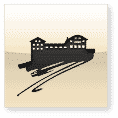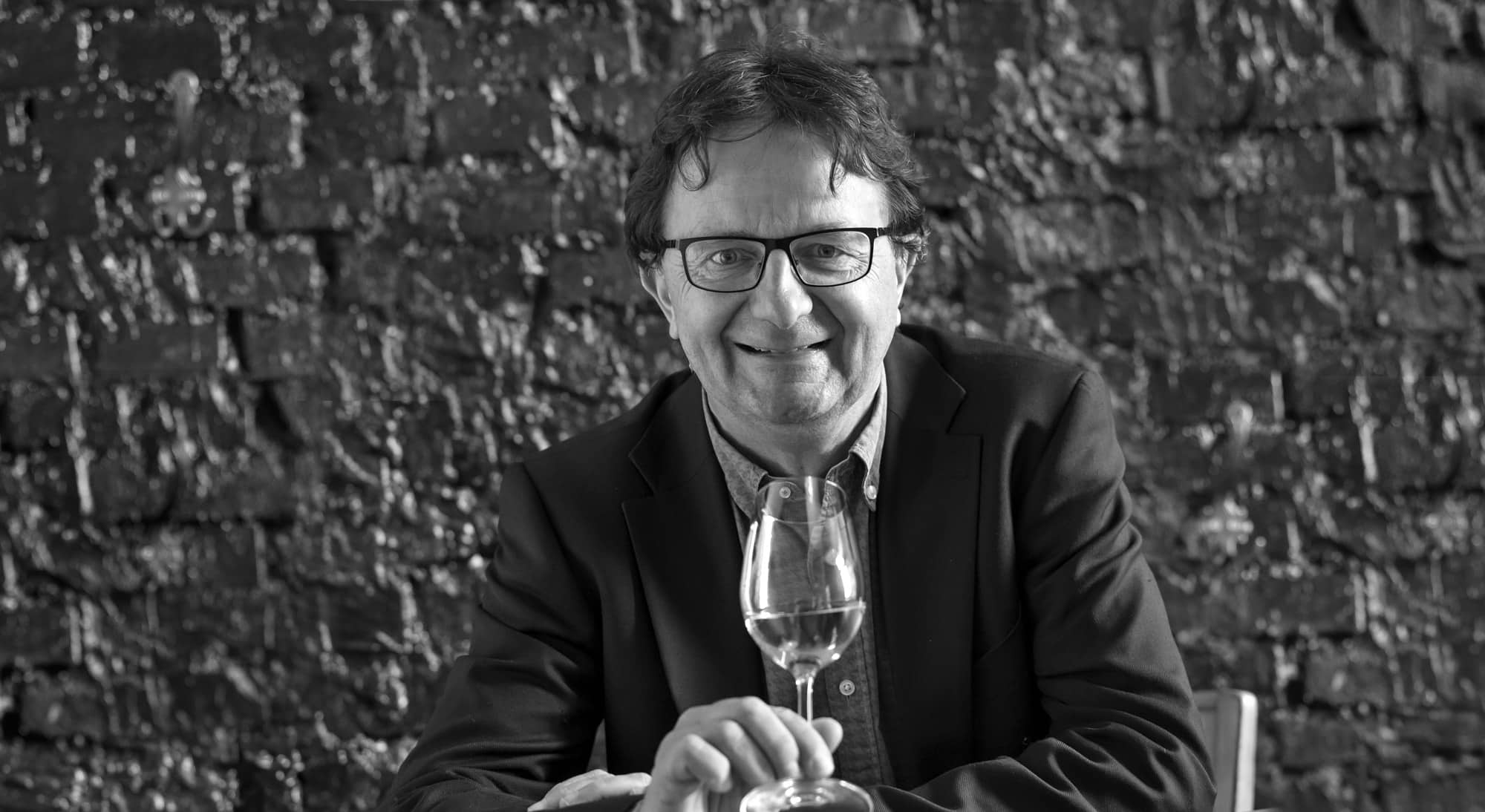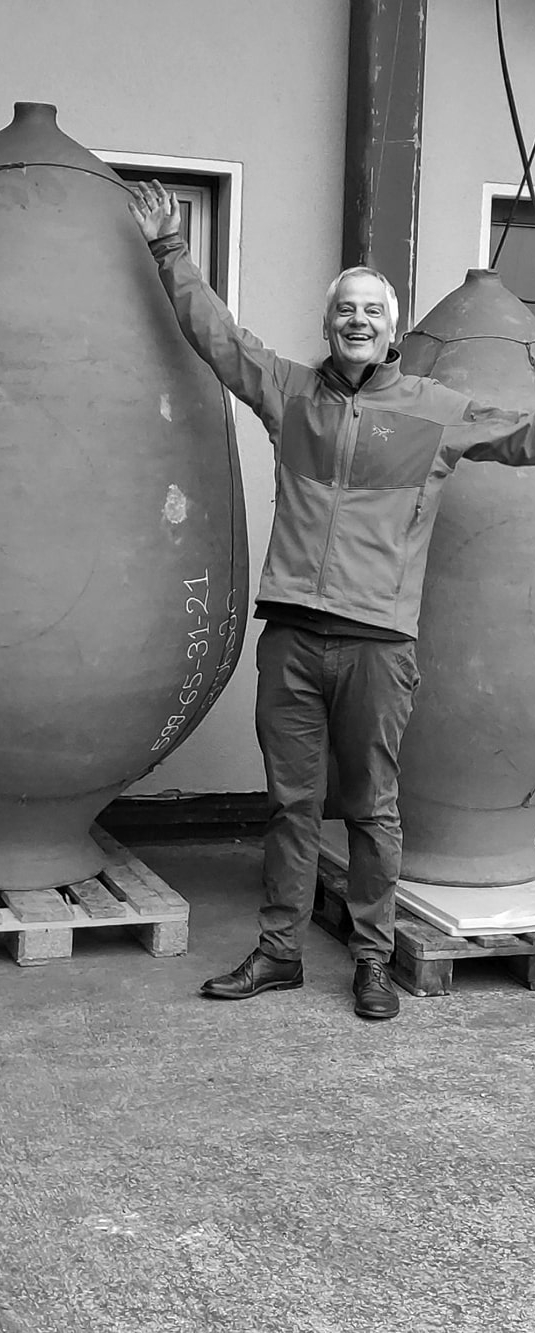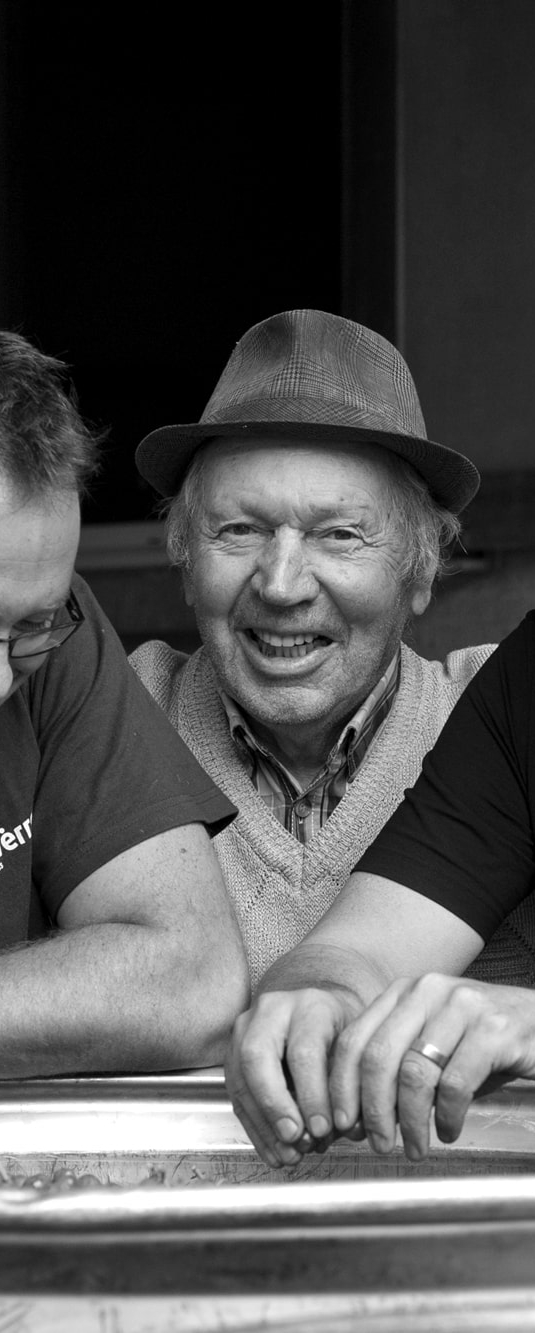Heida: the pearl of alpine wines.
Chardonnay is everywhere. The white grape variety is cultivated everywhere. While this makes the “brand” popular among broad consumer circles, it also makes it interchangeable. Many wines taste banal, usually dominated by a too intense wood aroma, usually too fat, usually too little fresh. The beauty of the wine world is that you can dodge. There is something for every taste, and countless varieties, some of them little known and often underestimated, provide variety as well as an impressive diversity.
In this respect, the Valais is an Eldorado. With almost 5000 hectares of vineyards, Switzerland’s largest growing area is home to more than 50 recognized varieties. In addition to the well-known Chasselas, Pinot noir and Gamay, the connoisseur will find several so-called autochthonous or native varieties. Among the reds, mention should be made of the high-quality Cornalin or the expressive Humagne Rouge, and among the whites, the Petite Arvine with its slightly salty finish, the versatile Amigne or the historic Heida. From these trouvailles are pressed not everyday, unique wines from different terroirs. This opens up exciting worlds beyond the mainstream!
One of the examples with a great tradition is the Heida, which was first mentioned in Valais in 1586 in Visperterminen under the name “Heyda”. The name is used today in Upper Valais, while Païen is used in the French-speaking Lower Valais. The variety is identical to Savagnin Blanc, which comes from the French Jura. Therefore, the northeast of France is also believed to be one of the possible places of origin.
The “pearl of alpine wines”, as the Heida is often called, has become famous mainly thanks to the growing area in Visperterminen. The spectacular terraced vineyards are located up to 1150 meters above sea level. Nowhere in this country does viticulture go higher. But outside of Switzerland, there are several vineyards in Spain that surpass our country and are above 1300 meters. In any case, Heida needs good locations to ripen perfectly. Other significant advantages: the grapes are small-berried and the variety is low-yielding. Today, around 120 hectares are planted with it in the Valais, and the trend is rising.
Peter Keller is wine editor of the NZZ am Sonntag and regularly conducts wine seminars for readers. In addition, the wine academic works for the Coop wine club Mondovino, where he selects exceptional trouvailles for the rarities assortment.



